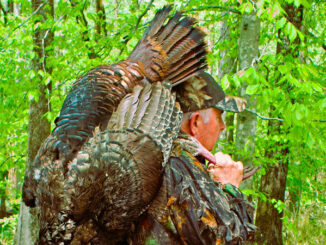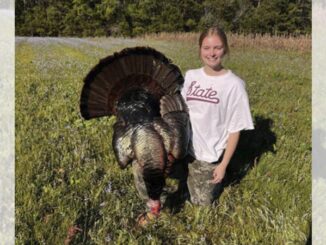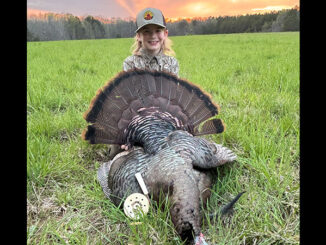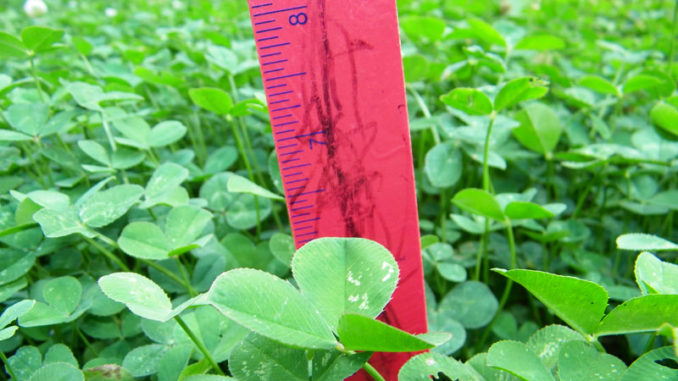
Location, location, location can’t be overstressed
Ever heard the marketing claim of “Location, location, location?” Professionals follow proven techniques to make products and services for the companies they represent more attractive to others.
Location dynamics is a high priority for marketing professionals. And for landowners building food plots and waterfowl impoundments, it couldn’t be more important. It is critical and should always be examined thoroughly before making investments of time and finances.
Location is important in more ways than one. Often, those planting food plots and building impoundments can get off track in the beginning, and that causes issues later in the process that can thwart a happy outcome. Even though a heavily used plot teeming with wildlife is typically the anticipated outcome, food production must be the primary goal. Abundant food resources will lead to wildlife arriving and making hunters excited to see the fruits of their labor. Killing a good buck or longbeard is just a bonus.
Finding a good location on the property that deer and turkeys will like is definitely a big aspect in locating food plots. Places screened from major highways and other disturbances will give wildlife a sense of security. Food plots located in or adjacent to normal travel corridors can also get a lot of use by targeted species. Plot configuration or shape can play an important role in how wildlife utilizes these areas during daylight hours.
But location and configuration of a food plot isn’t only about the best place a hunter believes they can see the most deer activity during daylight. It is important where food plots are placed on the property with respect to habitat. But the specific site conditions can be a major limiting factor between a high-traffic food plot and the desert.
It’s not that easy
Anybody who has experimented with food plots understands the hurdles and difficulties involved with amateur agriculture. Growing plants can seem easy, but it can be a difficult process, especially when the site conditions are less than ideal.
Ask a farmer; all sites need soil amendments, and many need some sort of drainage alterations. Some need more amendments and care than others. Drainage and soil chemistry characteristics should always be a major part to any potential site.
The foundation for any food plot must be proper soil conditions, as well as access to water, air and sufficient sunlight. Plants are living organisms that convert the sun’s rays into energy in preferred environments. Plants need a pH-balanced environment with enough nutrient supplementation, adequate soil-moisture retention and enough air penetration in the upper soil horizons to promote root respiration. When a site has all the right stuff and Mother Nature cooperates, farming can be successful.
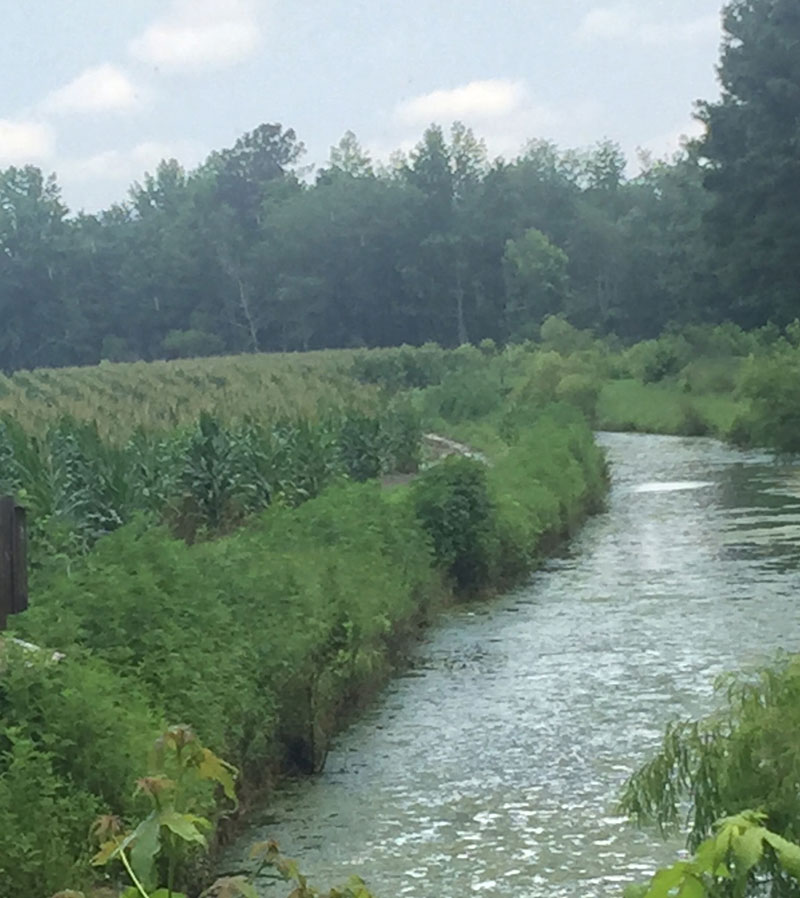
Landowners should select a few places that would work within their habitat plan. Places with loamy soils — a mixture of all soil-particle textures — are generally the best with adequate drainage.
The right type of soil will make or break a food plot
Soils come in three basic textures: sand, clay and silt. The difference in soil texture is mostly a function of particle size. Sand particles are generally the largest, allowing water to flow easily around the particles. But on sandy sites, the water can drain too quickly, causing plant roots to dry out and die.
Clay and silt particles are extremely small and naturally adhere to each other easily and hold moisture. Silts and clays will stick together. They will form tight connections that can inhibit water drainage. Soils that are all clay usually hold water too long and can be problematic as well.
Most natural soils are combinations of two or more of the three basic soil particles. But a loam is a mixture of all soil types and can be the best of all. Loams allow soils to retain enough water, keeping it moist but not allowing it to dry too quickly. Loams are ideal for growing most crops.
Landowners should choose potential food plot sites that are predominantly loams with the ability to control the water retention, with small ditches and swales to remove water when it’s not needed.
A pH test of each potential area is the second step in testing for compatibility with the intended crop plans. Most crops can be grown with a pH approaching neutral or at least above a 5.0.
When all of these factors are controlled, hunters can grow something that wildlife want to eat. When all of the conditions are correct, it can seem very simple to grow out a lush and hearty food plot. And not only will the crops grow well, the wildlife will surely come to feast.
The best impoundment sites might surprise you
Out of the 15 million hunters across the nation, it comes as no surprise that deer is the most-popular species hunted. But more than 2 million hunt ducks. And those hunters spend a ton of money, making duck meat one of the most expensive morsels of protein on the planet in terms of cost per pound.
From the marshes, lakes, rivers and swamps to the grain fields of the midwest, hunters kill ducks in a wide variety of places. Duck impoundments are a surefire way to concentrate ducks. Landowners with the means can make one heck of duck hole if constructed in the right place.
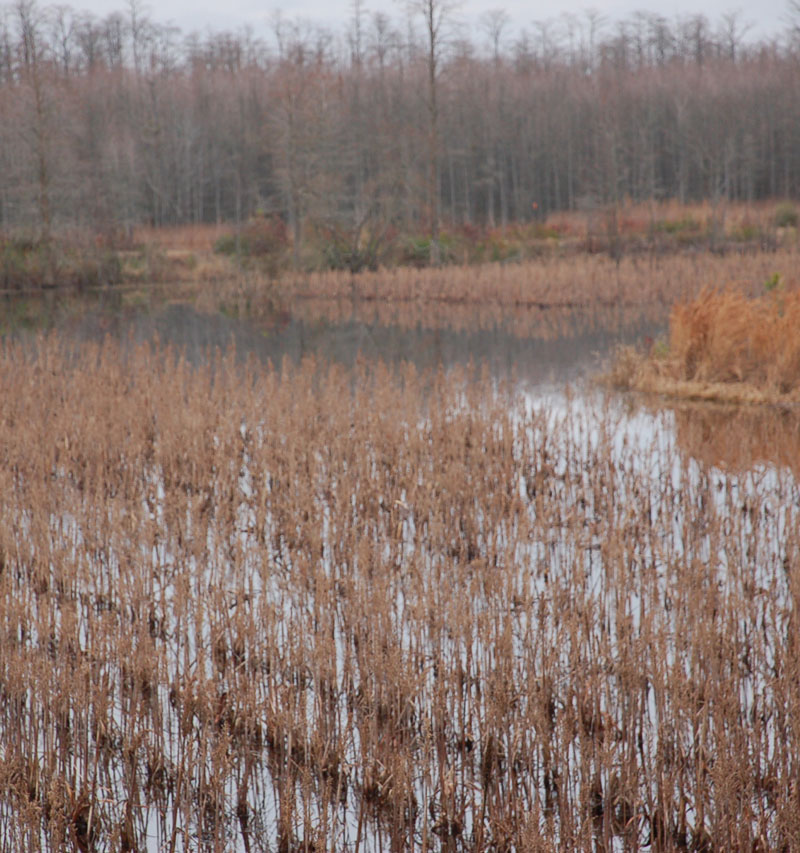
What makes a good duck impoundment anyway? Landowners must place food plots in areas that can receive ducks. Luckily, if ducks can travel from Canada to the Carolinas and further south, they sure are capable of traveling the extra mile for the right reasons. A consistent food source without too much hunting pressure will allow ducks to collect and grow in numbers. And they’ll do so on an annual basis.
Duck impoundments don’t have to be in the lowest areas
One of the biggest misconceptions is that impoundments need to be placed in lowlands to attract ducks. Building an impoundment along a natural drainage way can make flooding the site easy. But it also creates several legal and practical concerns.
In most instances, the lower section of a site along drainages is associated with federally-protected wetlands and natural streams. The Clean Water Act of 1972 prohibits filling and mechanized clearing in these areas. Beyond the legal ramifications, it’s nearly impossible to completely dry out these places to functionally cultivate and grow a crop for ducks. And low areas are subject to midseason floods from rains that can destroy a crop before it’s ready to flood.
The best sites are places that are a little higher in elevation that don’t flood naturally and have good, loamy soils. A clay loam is the best choice so impoundments can not only support crops but hold water during the winter.
Landowners need to build impoundments with a series of connected ditches. They can use borrow material to build perimeter dikes. They will need to add an outlet and mechanism on the lowest section to contain and release water. Impoundments can be filled with pumps, transporting from a nearby water source or a groundwater well properly installed for water on-demand.
Too many landowners get distracted with the need to build an impoundment in the lowlands when crop production should be the most-important aspect. If built on higher ground in soils that have the capability to retain water, adding and removing water shouldn’t be of any concern. Water wells and a good drainage system can take care of these concerns very easily.

